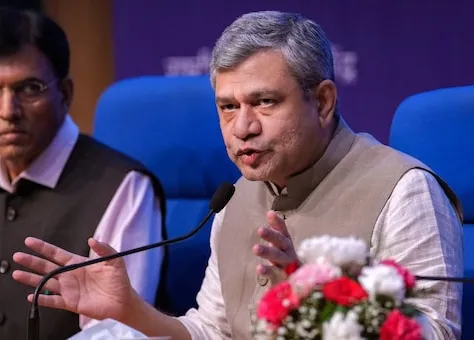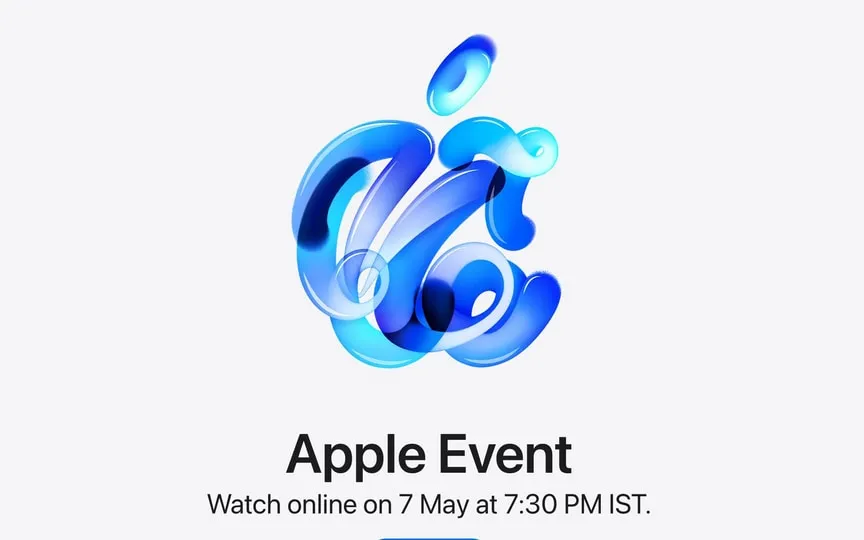India takes the lead in 6G; The US wants to use our 4G and 5G technology, says Ashwini Vaishnaw
Indian engineers have started receiving patents for 6G technology and there are currently about 100 of them, said Union Minister for Railways, Communications, Electronics and IT Ashwini Vaishnaw.
Talking about Prime Minister Narendra Modi’s vision, Vaishnaw said that in case of 5G, India will share the stage with the world, but in 6G technology, the country can take the lead.
“The country is now becoming an exporter of technology. Today the Additional Secretary called me and said that the US wants to use India’s 4G and 5G technology,” he said at a press conference on the launch of Chardham Fiber Connectivity and the 2,000,000th 5G site in Dehradun.
He further stated that considering the pace, it is possible that there will be 3,00,000 seats by December 31.
Talking about India as a provider of technology, the minister said, “The most advanced and complex piece of equipment in a telecom tower is radio equipment. Indian equipment manufactured in this category is mostly installed in the US.”
India launched 5G in October 2022 and has been the country’s fastest adopter of the technology.
According to data, telecommunications service providers (TSPs) have installed around 10,000 base stations (BTS) every week. Services were available in 500 cities across the country by the end of March, and the 5G network has now touched more than 3,000 cities in 685 regions.
Talking about BSNL, the Union Minister said, “India’s 4G and 5G stack rollout started with BSNL. Between Chandigarh and Dehradun, the installation at 200 locations is complete and will begin in the next two weeks.”
“The BSNL stack is basically 4G, which is upgradable to 5G. In November-December, with a little software tweak, the network will become 5G,” he added.
Regarding connectivity in border areas, Vaishnaw stated that the system of living villages will help such areas. He also said that 1,581 villages need 4G service. For this, the government has already approved the funds and the responsibility has been transferred to BSNL.
“It is important to use India’s 4G and 5G stack to reduce cyber security concerns,” Vaishnaw noted.
In March 2023, details related to India’s 6G plans were announced. The Prime Minister unveiled the Bharat 6G Vision Document and inaugurated the 6G R&D testbed. The paper is critical in accelerating India’s adoption of new technology.
The government has already formed an apex committee to manage the project and address concerns such as standardization, identification of frequencies for 6G use, funding for research and development, and creation of an ecosystem.
The government has decided to divide India’s 6G mission into two parts – Phase 1 from 2023-2025 and Phase 2 from 2025-2030.
Read all the Latest Tech News here.




